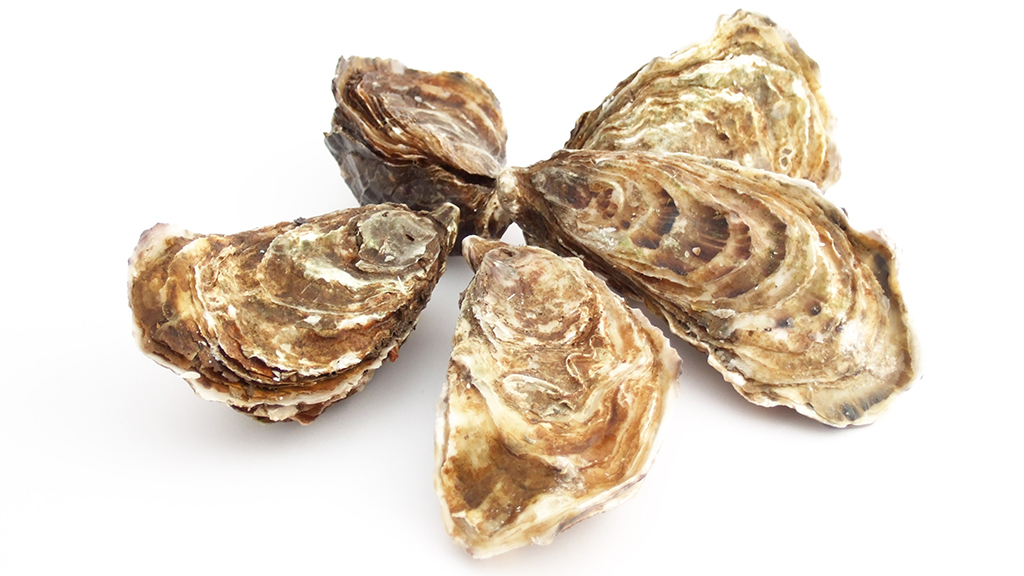Abstract
This dilemma case explores the controversy over introducing non-native oysters to the Chesapeake Bay as a means of improving its ecological and economic health. Developed for use in an interdisciplinary doctoral program in energy and environmental studies, it could be adapted for undergraduate courses ranging from ecology and biology to political science and geography. The case introduces students to the various stakeholders and their positions from the point of view of a senator who must cast the deciding vote on whether or not to introduce Suminoe oysters (Crassostrea ariakensis) into the bay. Students read the case, then work in small groups to develop a stakeholder position, which they later role-play in class in a simulated public hearing. [Note: See Suminoe Oysters Redux for an updated extension to this case.]



